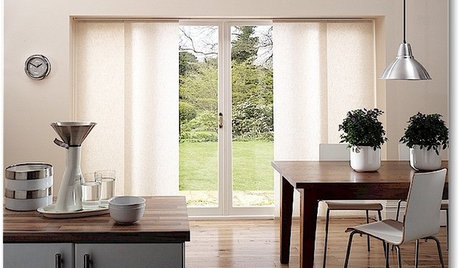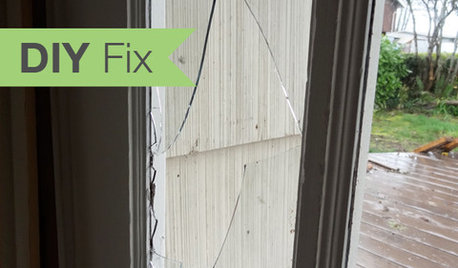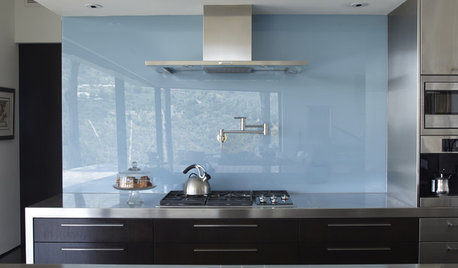What glass cutter?
ms_minnamouse
15 years ago
Featured Answer
Comments (8)
maryland_irisman
15 years agolast modified: 9 years agoventupete
14 years agolast modified: 9 years agoRelated Professionals
Pueblo Kitchen & Bathroom Remodelers · Sicklerville Kitchen & Bathroom Remodelers · Enumclaw General Contractors · Muskogee General Contractors · Newington General Contractors · Norridge General Contractors · Oxon Hill General Contractors · University Park General Contractors · West Melbourne General Contractors · Allen Painters · Bend Painters · Franklin Park Painters · South Gate Painters · South Pasadena Painters · Piedmont Paintersturnage (8a TX)
14 years agolast modified: 9 years agolazypup
14 years agolast modified: 9 years agomike_kaiser_gw
14 years agolast modified: 9 years agomaryland_irisman
14 years agolast modified: 9 years agoturnage (8a TX)
14 years agolast modified: 9 years ago
Related Stories

DOORSThe Art of the Window: 12 Ways to Cover Glass Doors
Learn how to use drapes, shutters, screens, shades and more to decorate French doors, sliding doors and Dutch doors
Full Story
HOUSEKEEPINGDIY Fix: How to Repair a Broken Glass Door Pane
Don't let broken glass shatter your self-esteem. You can fix it more easily and more inexpensively than you might realize
Full Story
MOST POPULARBattle of the Backsplashes: Glass Mosaics vs. Natural Stone
Read about the pros and cons — and see great examples — of these two popular kitchen backsplash materials
Full Story
BATHROOM DESIGNBath of the Week: Glass and Steel With a Mediterranean Twist
Industrial gets a more romantic take in a Los Angeles bathroom with a center-stage shower and freestanding tub
Full Story
KITCHEN DESIGNVintage Furniture for Real Kitchen Appeal
Keep cookie cutter and clinical at bay in your kitchen with old-fashioned pieces that bring warmth and personality
Full Story
HOUZZ TOURSMy Houzz: Modern and Airy Style on a Budget
Patience, creativity and help from family turn a baker’s cookie-cutter condo into a bright and cheerful home
Full Story
HOUZZ TOURSMy Houzz: A Musical Couple's Home Strikes a Personal Chord
Light, glass and many musical instruments animate this 1905 bucolic Washington farmhouse
Full Story
KITCHEN DESIGNThe Future of Backsplashes
Grout is out. Continuous sheets of glass, stone, metal and porcelain are saving cleaning time and offering more looks than ever
Full Story
HOUZZ TOURSHouzz Tour: Natural Meets Industrial in a Canal-Side Washington Home
Wood and steel mix with copious glass in a contemporary new build that seamlessly transitions to the outdoors
Full Story
WORKING WITH PROSInside Houzz: An Art Mosaic Wall Banishes Dining Room Gloom
A glass mosaic created by Houzz pros gives a San Diego couple's condo a major design boost
Full Story








oberon476